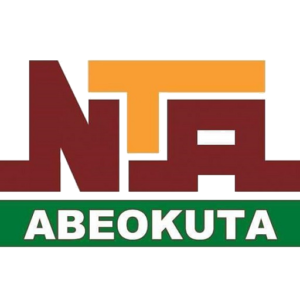Tuesday 04/November/2025 – 06:52 PM
During the past hours, news has circulated on social media claiming that the subject of hieroglyphics will be added to the school curriculum starting from the next academic year, coinciding with the Egyptians’ celebrations of the opening of the Grand Museum, which sparked widespread controversy among parents and students.
It turns out that the beginning was a request submitted by archaeologist Dr. Zahi Hawass, during which he called for teaching the ancient Egyptian language hieroglyphics in the educational stages, with the aim of introducing students to their history and ancient civilization.
This morning, after news spread indicating that the ancient Egyptian language, hieroglyphics, was being taught in the educational stages for high school students, Shai Zalta, spokesman for the Ministry of Education, denied that news, stressing that it was baseless.
Referring to sources in the Ministry of Education about the possibility of adding the ancient Egyptian language, hieroglyphics, and studying its addition, he stressed that so far the idea has not been officially presented for discussion or study within the Ministry, indicating that what is being circulated regarding approving the subject or adding it to the curricula is completely false.
The sources stressed that any amendment or addition to the curricula does not take place except after an educational study and approval from the competent authorities, stressing that the Ministry is currently focusing on developing the existing curricula in accordance with the new educational standards.
From the pages of the book to the ground…students watch the opening of the Grand Egyptian Museum and study it in the curriculum
Just steps away from the Giza Pyramids, where the breath of history intersects with the breeze of the present, the Grand Egyptian Museum stands like a huge ship sailing from the past of our ancestors to the horizons of the future. Between its walls radiates the spirit of ancient Egypt, and in its corners live the stories of the Pharaohs that are still vibrant. As Egypt prepares to open this global edifice next Saturday, the eyes of the world turn to Giza, where the doors of the largest museum dedicated to one civilization in history, more than one hundred thousand pieces, will open. An antiquity that tells the story of Egyptian man since the dawn of history, topped by the complete collection of Tutankhamun, standing as a witness to the genius of the ancient Egyptian and the greatness of his civilization. The Ministry of Education was present at the event before its start by covering it in the school curricula.
The museum was not just a place in the school curricula to display antiquities, but rather a national and knowledge project that embodies Egypt’s modern vision that culture is an investment no less important than any economic project. This is what the Arabic language curriculum for first-year middle school students reviewed, specifically in the listening text, which is the first lesson of the second unit, which indicates that the museum’s majestic architectural design in the shape of triangles symbolizes the eternal pyramids, as if Egypt is saying to the world: Here we are extending our roots into the earth, and our eyes toward the sky.

But the most beautiful thing in the story is not the stone or the statue, but the human being, as the curriculum emphasizes that this new generation of school students, who study the language book, will recognize through the museum lesson that what is between the covers of the book is not just a literary text, but a vibrant reality on the land of their homeland.
Our history is the foundation of our future…the museum in the curriculum
Regarding the philosophy of approaching the museum, one of the authors of the book says that, within a few days, the students will see the lesson on the ground, and the page they read will turn into a real visit that they can live, in which they will see the statue of Ramesses II standing on the great staircase, as if inviting them to ascend to the glory of their ancestors, indicating that it is a moment of pride, when a bridge extends between the school and the museum, and between the lesson and reality.

He stressed the need for students not only to learn history, but to see and breathe it, and to know that civilization is not a past that is told, but rather a story that is completed by faithful hands, stressing that there is a sentence in the text that indicates that in every hall of the museum, and every artifact that shines under the light, there is a message that says: From our glory we create our future.
He pointed out that this text is a living embodiment of the meaning of national education, where the word in the book converges with the truth in life, so that young people discover that the homeland is not a distant idea, but rather a reality that shares their dream and work.






